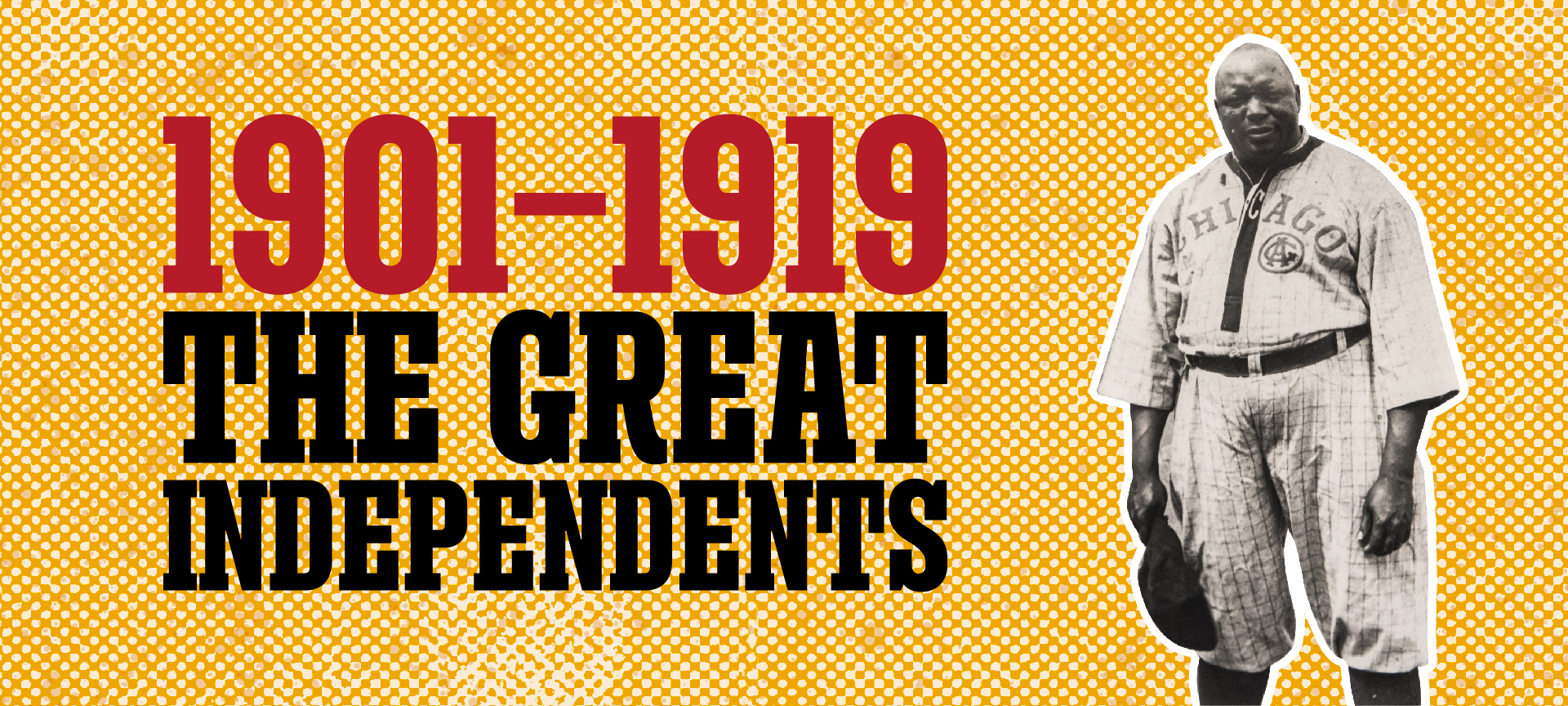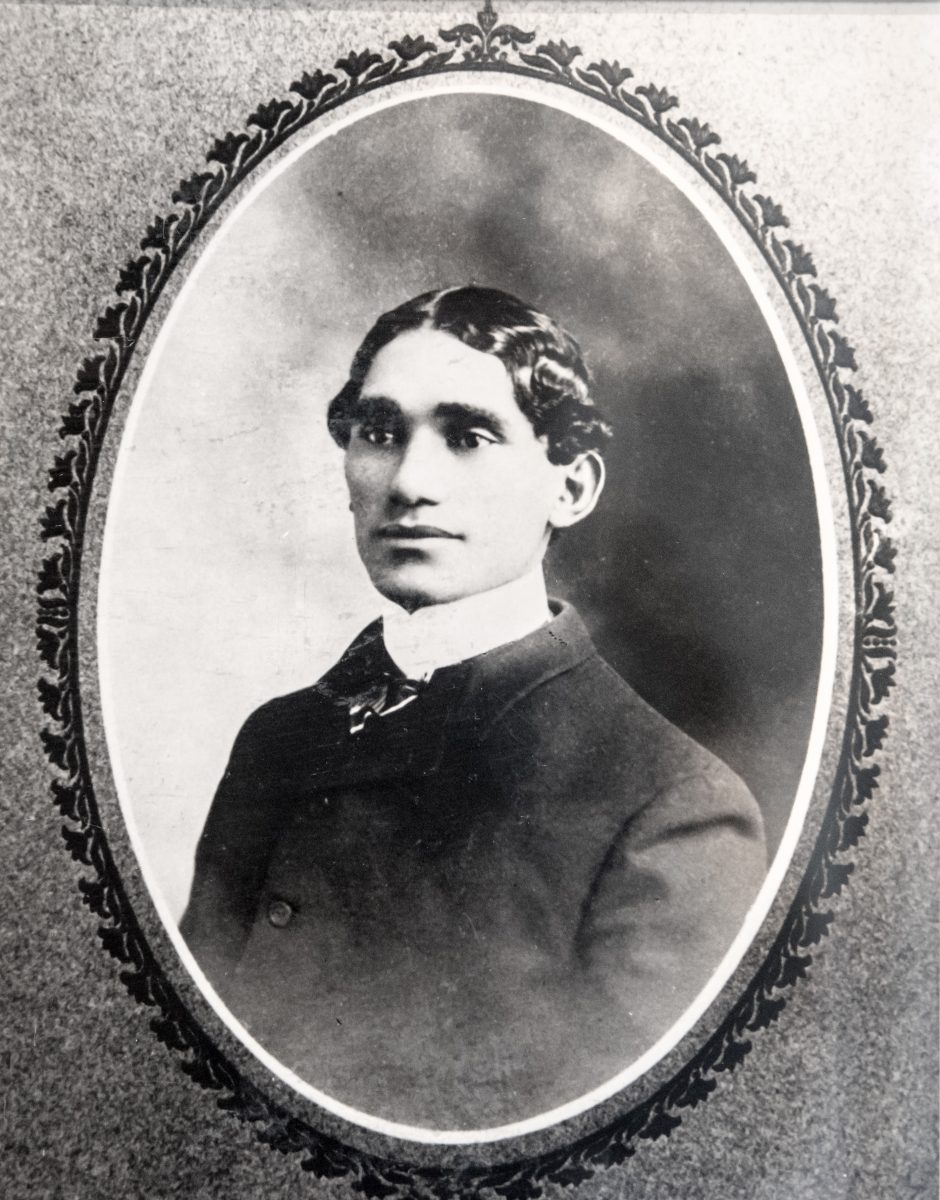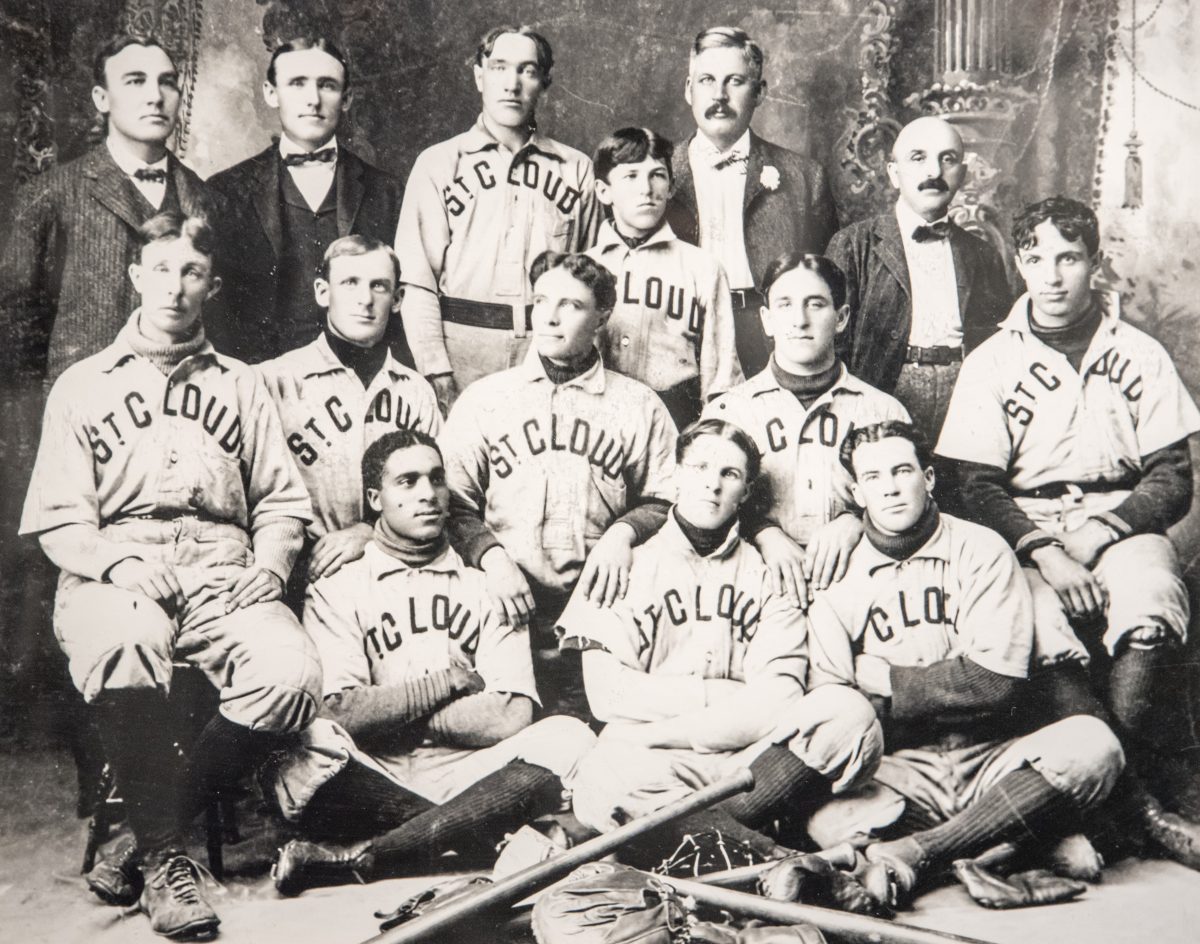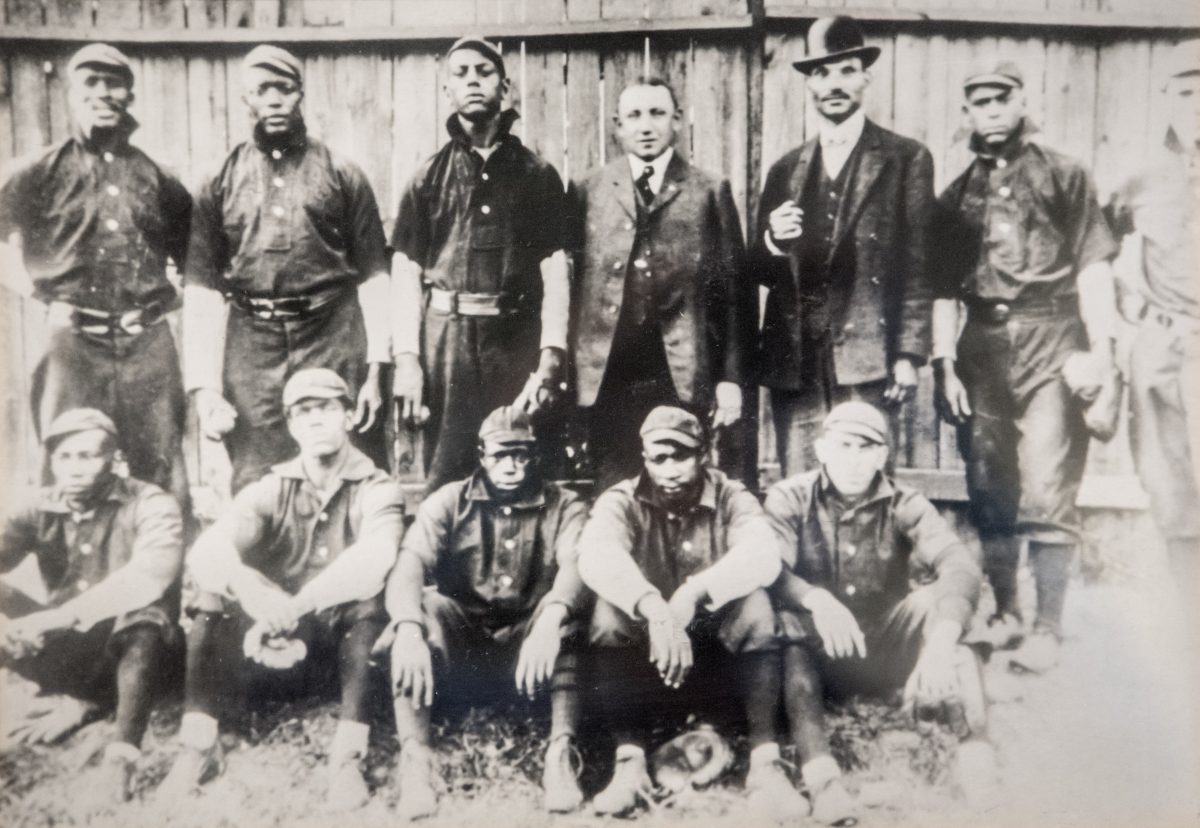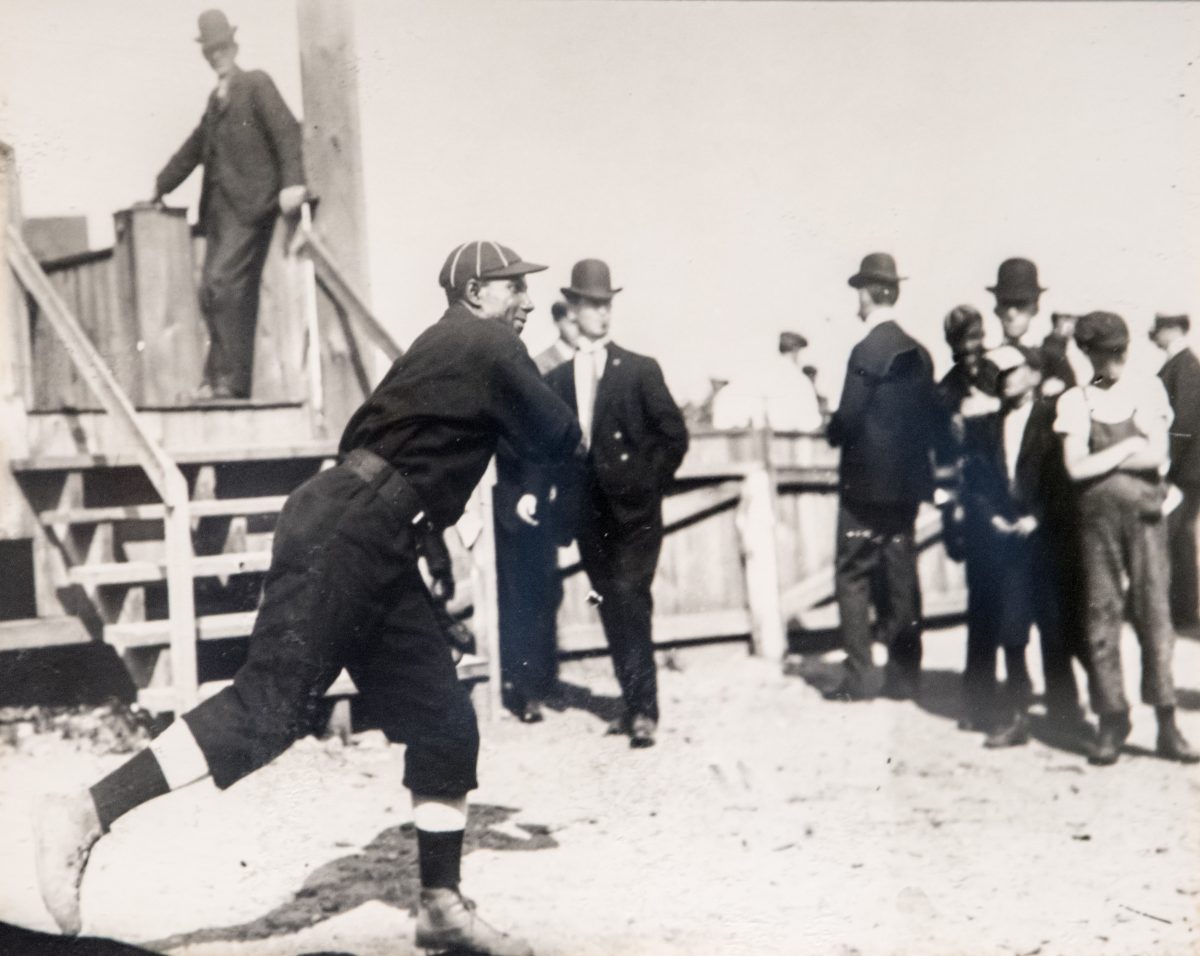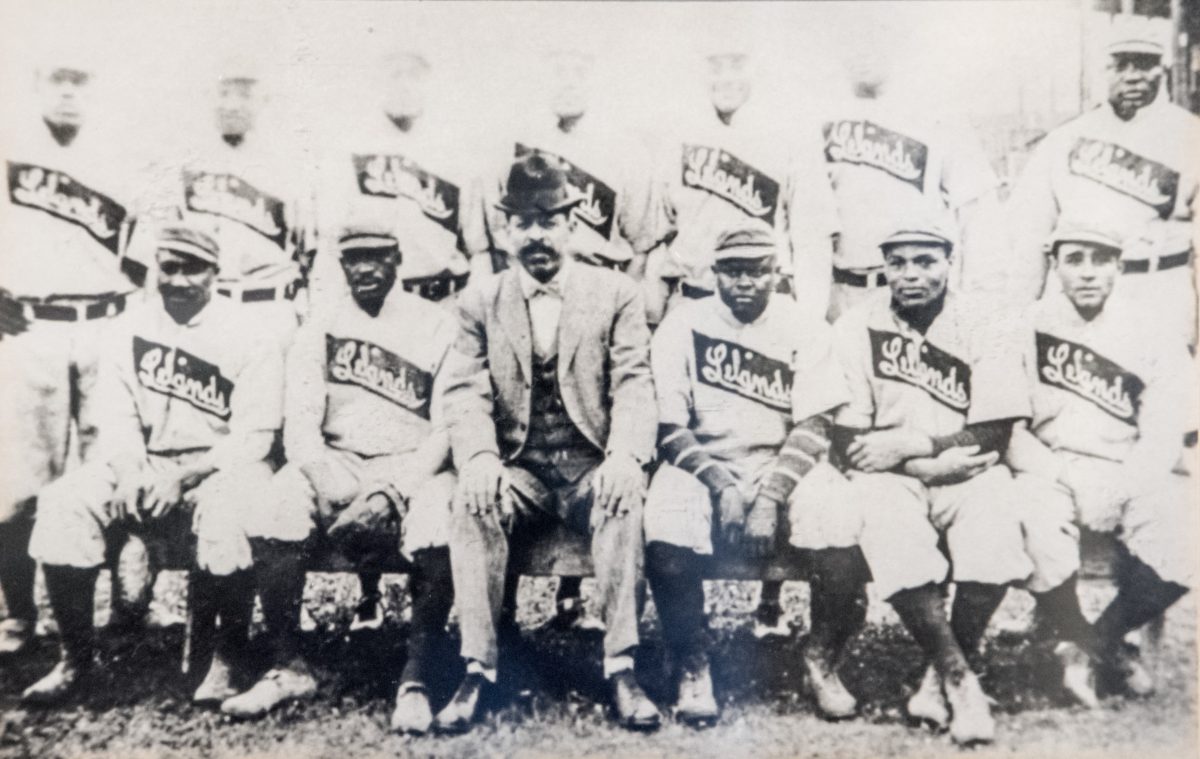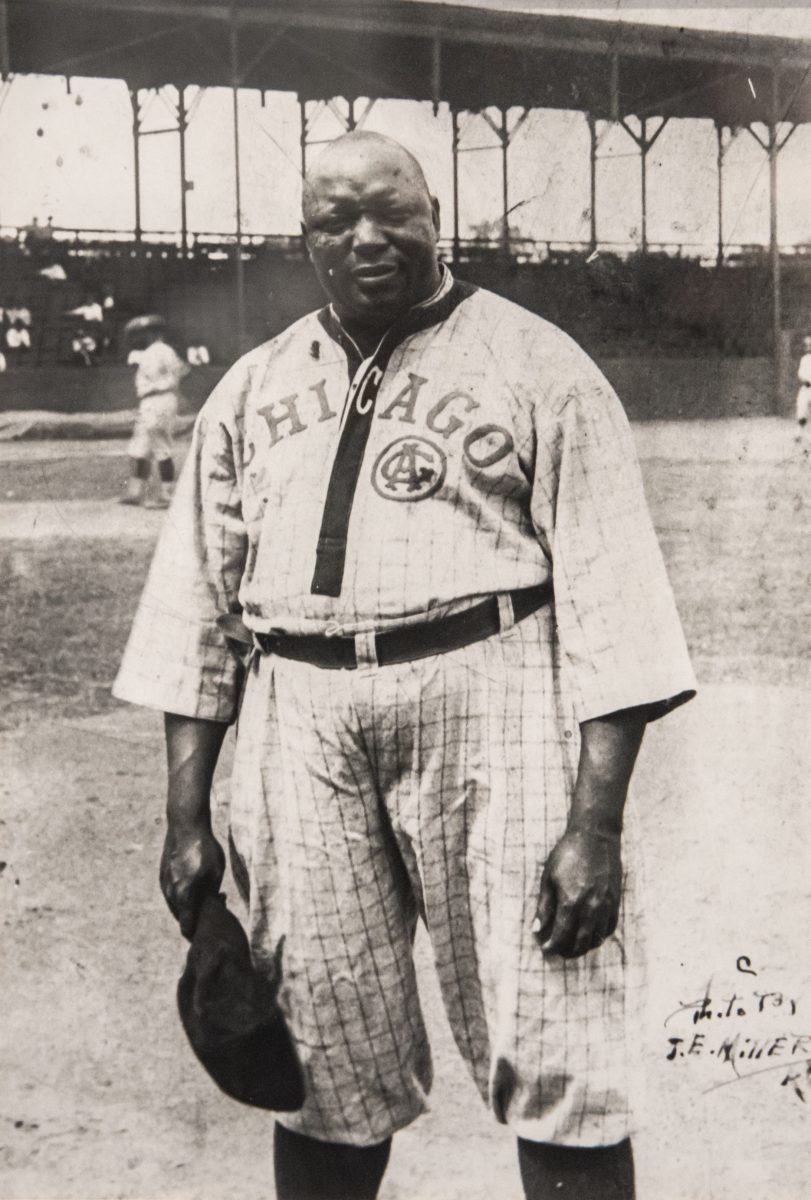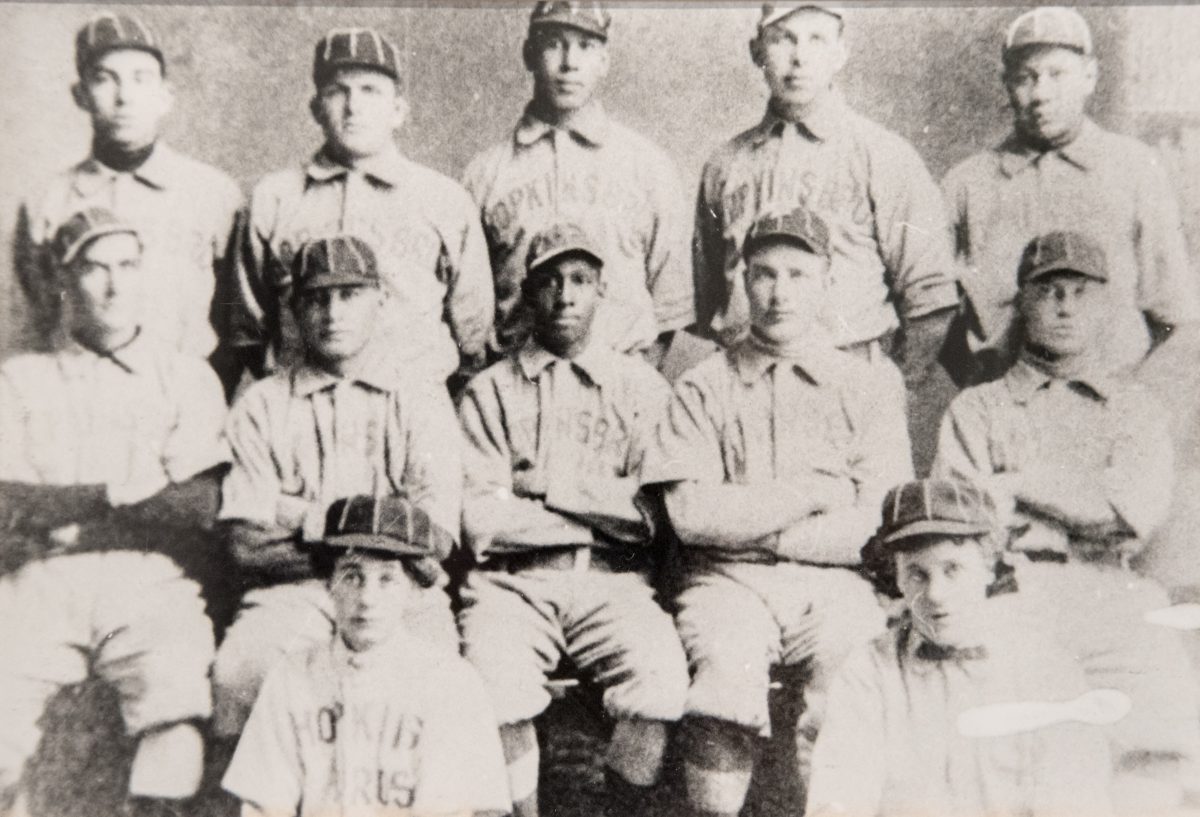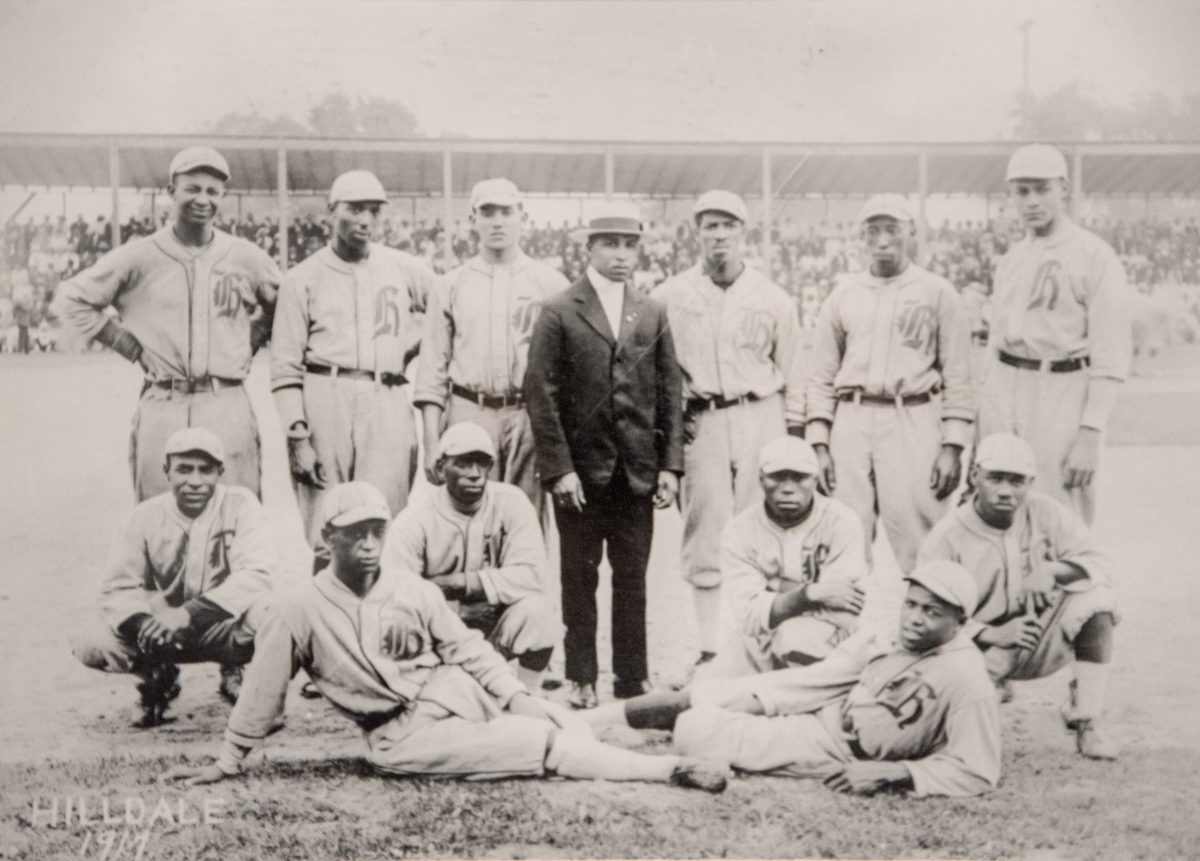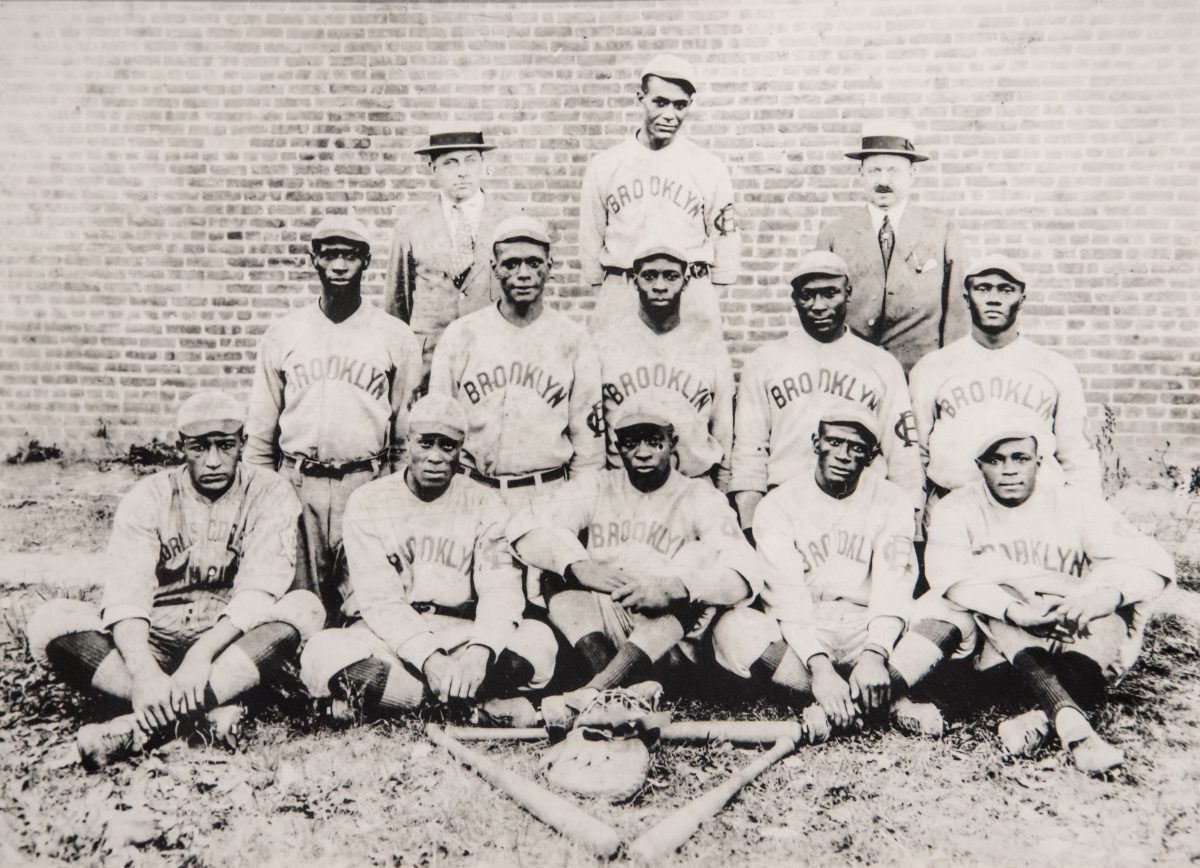Discover Greatness: Part 2
1901 — John J. McGraw, Baltimore Orioles manager, tries to sign Black player Charlie Grant to his team under the guise of “Charlie Tokohama,” a Cherokee Indian. The ruse is discovered and Grant is quickly barred from play.
1904 — Andrew Foster of the Philadelphia Giants defeats the great Rube Waddell of the Philadelphia A’s, earning the nickname “Rube.”
1906 — International League of Independent Professional Base Ball Clubs, which includes both Black and white teams, is formed. The league fails to last a full season.
1911 — Rube Foster reorganizes the Chicago Leland Giants as the Chicago American Giants. Chicago becomes the focal point of Black baseball.
1915 — International All-Nations team is organized by J. L. Wilkinson of Des Moines, Iowa. The team will lay the groundwork for later Kansas City Monarchs dynasty.
Continue exploring the exhibit

